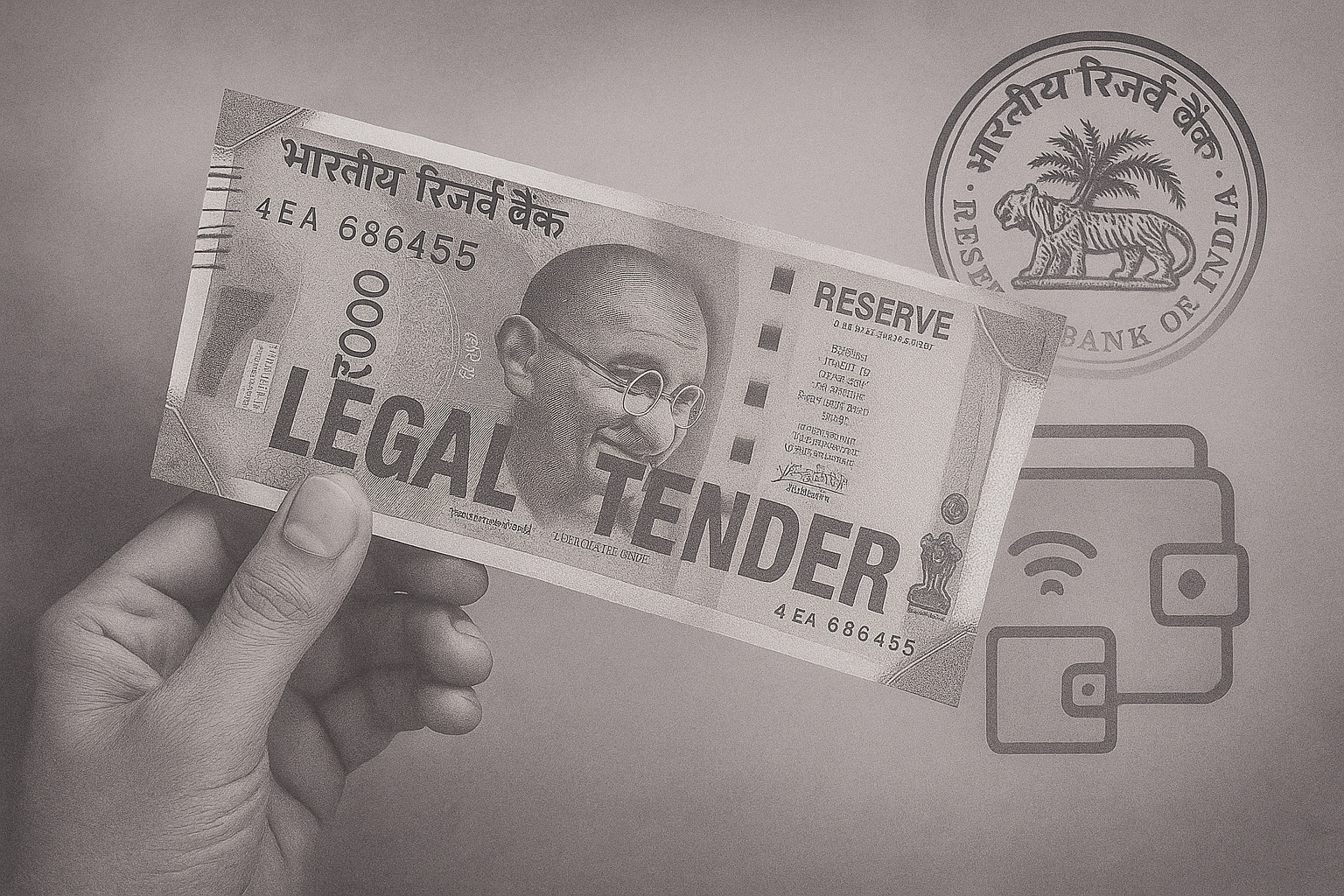RBI Governor Sanjay Malhotra has clarified that while ₹2,000 denomination notes are no longer in active circulation, they remain legal tender in India. This statement was made during a meeting with the Parliamentary Standing Committee on Finance, addressing growing queries about currency status and counterfeit risks.
Background and Context
The Reserve Bank of India had announced the withdrawal of ₹2,000 notes from circulation on May 19, 2023, nearly seven years after their introduction in November 2016—a period that followed the dramatic demonetisation of ₹500 and ₹1,000 notes. While these notes were largely intended to meet urgent currency demand post-demonetisation, the RBI has since shifted focus toward smaller denomination notes and digital transactions.
Despite their withdrawal from active use, the ₹2,000 note has not been declared invalid. This creates a unique scenario where the note is not being issued or circulated by banks, but still holds legal value in the financial system.
Key Takeaways from the Meeting
₹2,000 notes are not demonetised; they can still be deposited or exchanged.
RBI is not accepting ₹2,000 notes at counters, but the notes retain legal status.
Several MPs raised concerns about counterfeit ₹500 notes, citing seizures of 1.12 lakh fake ₹500 notes.
The governor acknowledged the issue and reaffirmed the RBI’s commitment to strengthening anti-counterfeit measures in coordination with enforcement agencies.
Regulatory and Industry Reactions
RBI’s stance on legal tender status aligns with a cautious approach to ensure public confidence while gradually phasing out high-denomination notes.
The Finance Ministry has maintained that there is no need for panic, as citizens can still use or exchange their ₹2,000 notes via prescribed routes.
Industry experts note that this strategy avoids the kind of chaos witnessed during 2016 demonetisation, while still nudging the economy toward lower cash usage and more traceable digital transactions.
Implications for BFSI Sector
Banks and NBFCs must continue to honor ₹2,000 notes as legal tender while refraining from reissuing them.
Fintechs and wallets are not affected directly but may see a continued shift toward smaller denominations and digital payment modes.
Retailers and merchants should not refuse ₹2,000 notes outright unless officially declared invalid.
Expert Opinion
Arvind Subramanian, former Chief Economic Advisor, commented:
“Gradual withdrawal with legal tender status is a middle path—ensures currency trust while pushing financial digitization.”
Meenakshi Gupta, a policy researcher at NIPFP, added:
“What’s important is that the RBI doesn’t leave ambiguity. The public should know exactly how and where these notes can be used or exchanged.”
Conclusion
The RBI’s clarification ensures that while the ₹2,000 note is functionally out of circulation, it remains legally valid. The move reflects a balance between reducing reliance on high-value cash and maintaining public trust in currency instruments. For now, Indians can still transact with or deposit ₹2,000 notes, but new issuance is unlikely to resume.












